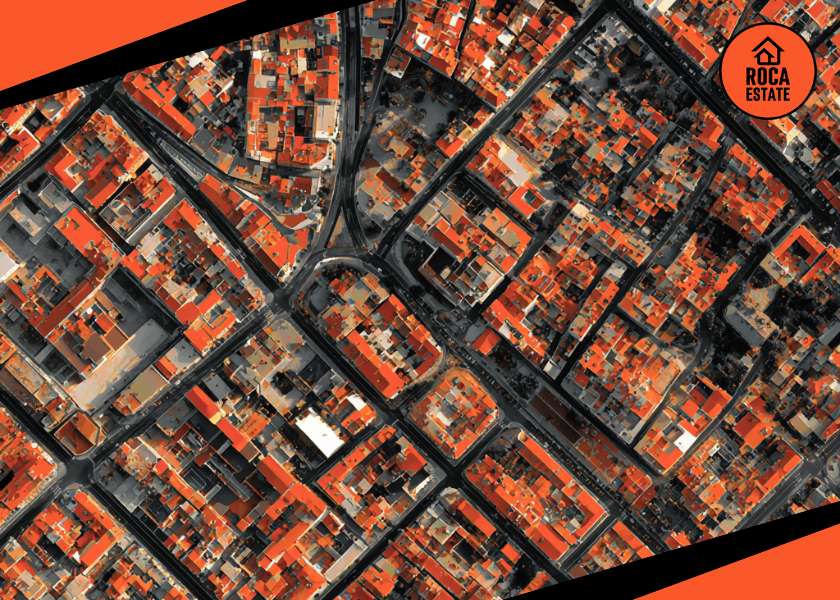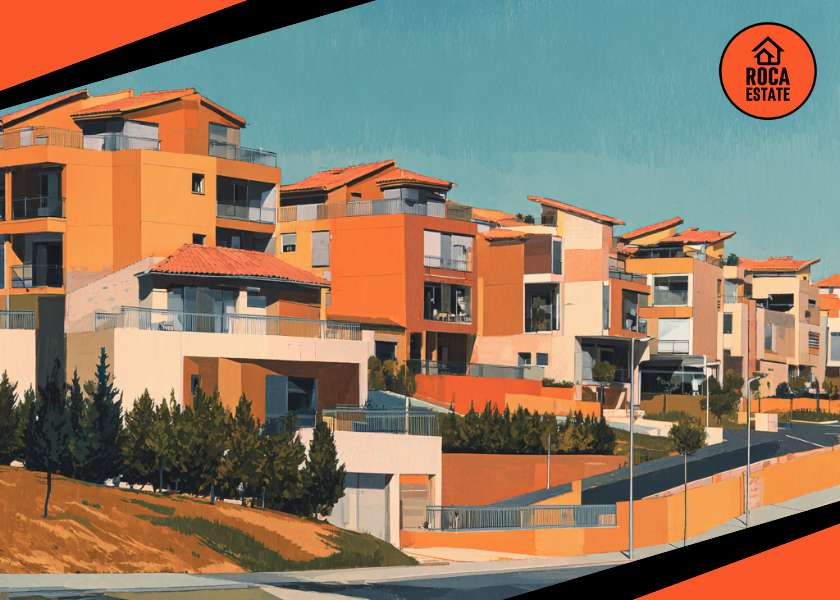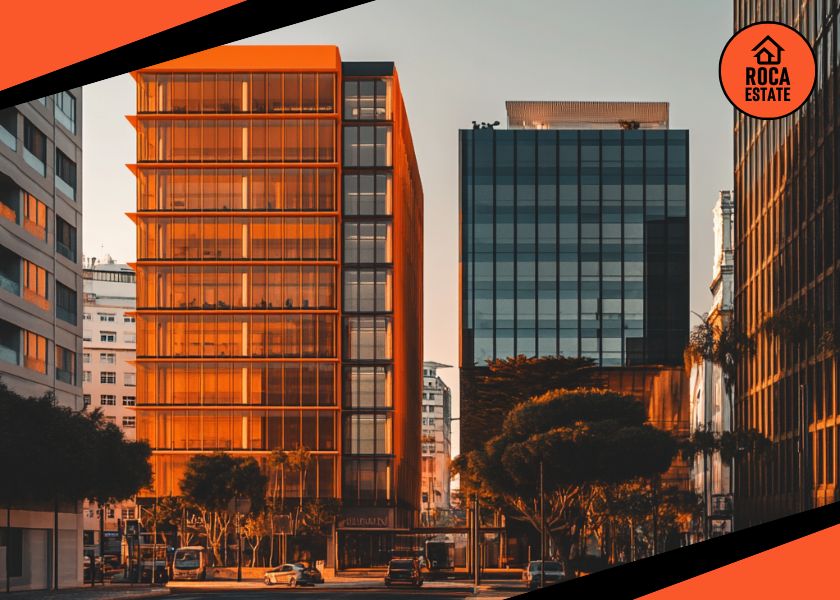Portugal’s real estate market in the second quarter of 2024 exhibits steady growth despite regional fluctuations. Based on official data, this analysis offers critical insights into trends relevant to potential investors considering the Portuguese property market.
Key Findings
- Market-wide Growth Trends
- The median property price in Portugal reached 1,736 €/m², showing a 6.6% increase compared to Q2 2023.
- The Viseu Dão Lafões sub-region experienced the most notable annual growth of 17.2%, while Douro registered a year-on-year decline of 5.6%.
- Among the regions with the highest median prices are Greater Lisbon (2,801 €/m²) and the Algarve (2,735 €/m²).
- Foreign Investment Impact
- Purchases by foreign residents are driving prices higher, particularly in major metropolitan areas.
- In Lisbon, foreign buyers paid a median price of 4,958 €/m², 80.4% more than domestic buyers.
- Similarly, in the Porto Metropolitan Area, prices for foreign transactions were 53.4% higher than those by Portuguese buyers.
- These figures highlight the increasing attractiveness of Portugal’s key urban centers to international investors.
- Purchases by foreign residents are driving prices higher, particularly in major metropolitan areas.
- Regional and Municipal Performance
- High-value areas such as Lisbon (4,367 €/m²), Cascais (3,994 €/m²), and Porto (3,031 €/m²) maintain premium prices, though their growth rates lag behind the national average.
- Barcelos exhibited the sharpest growth in Q2, with prices rising by 16.6 percentage points over the previous year. Conversely, Coimbra and Matosinhos recorded declines, reflecting local corrections.
- Differentiation Between New and Existing Properties
- New developments command premium pricing. For instance, in Cascais, the gap between new and existing dwellings reached 1,416 €/m². This suggests that newly developed properties are perceived as offering greater value or meeting higher demand.
- Institutional Buyers vs. Households
- Purchases by institutional sectors (e.g., corporations) reflect slower growth than those by households, with institutional buyers paying 1,600 €/m² on average compared to 1,750 €/m² for households.
Conclusion and Strategic Takeaways for Investors
The Portuguese real estate market continues to display resilience, with demand remaining robust across key regions, driven by both domestic and international buyers. However, nuanced regional trends emphasize the importance of strategic decision-making for real estate investors:
- High-Growth Opportunities: Regions like Viseu Dão Lafões and municipalities such as Barcelos show promising growth potential. Investors with an appetite for emerging markets may find these areas lucrative.
- Premium Urban Markets: Although prices in Lisbon, Cascais, and Porto remain high, slower growth rates suggest that these mature markets may not offer rapid short-term appreciation but provide long-term stability and rental potential.
- Impact of International Demand: The substantial premium paid by foreign buyers, particularly in urban centers, reinforces the potential for targeting this demographic through luxury properties or short-term rental investments.
- New vs. Existing Properties: The significant price differential between new and existing homes, particularly in areas like Cascais, points to the strong appeal of new developments, indicating favorable conditions for developers and investors in construction projects.
In summary, the Portuguese property market remains attractive but increasingly segmented. Investors should balance between high-growth emerging areas and stable urban hubs, aligning their strategies with regional dynamics and buyer profiles. Given the continued foreign interest, a focus on prime locations and new developments is likely to yield solid returns.
This data-driven overview underlines the importance of targeted investments that match evolving market conditions in Portugal.
Median value per m² of dwellings sales (local level)
For investors exploring the evolving real estate market in Portugal, understanding available support is key to making informed decisions. Learn how Roca Estate’s full-cycle services assist clients at every stage — from property selection to management — by visiting our page on investment support services.




































































































